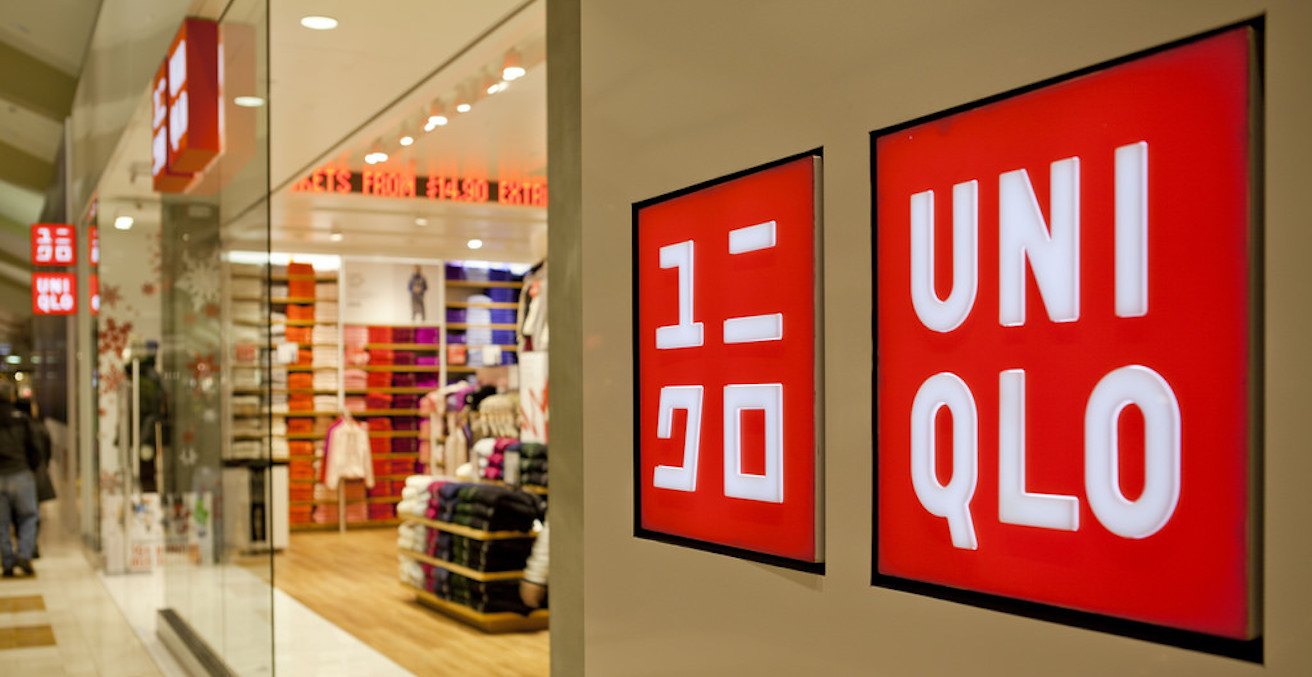Sweaters and Soft Power: the Uniqlo Story

Japanese clothing empire Uniqlo has recently expanded across Australia. So, how did your latest jeans purchase contribute to Japanese soft power?
Since Uniqlo opened its first Australian store in Melbourne in 2014, it has expanded its business across the eastern states. Uniqlo’s minimalistic aesthetics are slowly being understood by Australian consumers and many fashion lovers in the other states are also looking forward to being able to shop at Uniqlo locally soon.
However, Uniqlo in Australia has been under pressure. According to a 2017 report, the Japanese business’ losses “blew out to $5.8 million up from $3.04 million a year earlier.” The company has only recently managed to make a profit by developing a larger store network.
It’s not possible to predict whether Uniqlo has stabilised itself for a comfortable future in Australia, as it has a history of downsizing, having done so in the United States and the United Kingdom. But the number of stores may not be a concern for the Japanese brand. Rather, Uniqlo’s logic to maintain stores in the West is to project the brand’s international image. Uniqlo has less than 4 per cent of its stores outside Asia, and its non-Asian sectors are struggling to make money in comparison to how successfully it’s running its business in Asia. As a business entity, Uniqlo is not essentially an international fashion brand, but rather a pan-Asian brand.
However, Uniqlo stores in the West play a significant marketing role. Although it makes more sense to downgrade the floor space of stores in the West, Uniqlo is opening Western stores in major cities’ central shopping districts with large floor spaces. For example, Uniqlo decided to have its first Australian store at the CBD’s Emporium Melbourne, and all the other Victorian stores are located in major shopping centres.
It appears that the primary role of Uniqlo stores in the West is the image it projects to Asian consumers rather than generating profits. Certainly in Japan, the global image sells. This marketing technique is used by many Japanese fashion brands and Uniqlo has followed suit.
Uniqlo in Australia therefore may not be contributing to Japan’s soft power. Unlike the US that uses soft power for diplomatic purposes, Japan has a narrow and rigid target for its soft power initiative, “Cool Japan”. The aim is to revitalise its struggling economy by increasing its cultural exportation.
Contemporary Japanese culture such as fashion, animation, video games and pop music has become a ‘cool’ alternative to the mainstream Western popular culture since the late 20th century. Japanese politicians and policymakers are well aware of this and have established The Office of Cool Japan (2010) and the Cool Japan Fund (2013), to capitalise on Japanese coolness to maximise economic effect.
Uniqlo in Australia is indirectly contributing to this international image-making process for the company and for Japanese culture. Middle-class consumption in Asia is expected to rise by 9 per cent annually until 2030; comparatively, middle-class consumption in North America and Europe is projected at 0.6 per cent. This means that it is important for Uniqlo and other Japanese commercial creative businesses to focus on Asia and, as part of this business strategy, use Australia as a stepping stone.
Japanese officials do not care how Uniqlo makes money, so long as it does, and ideally a lot. Uniqlo now has more stores outside Japan than within and is a strong contributor to the struggling Japanese economy. It means that despite Australian Uniqlo stores being in the red, they are successfully, albeit indirectly, contributing to the Japanese economy and its soft power.
Tets Kimura is finishing his doctoral research on Japanese fashion and soft power at Flinders University. His publications include ‘Japan’s Soft Power: A Case Study of Uniqlo and AKB48’ in the Japan Studies Association Journal and ‘Cool Japan: Validity of Fashion as a Vehicle of Soft Power‘.
This article is published under a Creative Commons Licence and may be republished with attribution.





